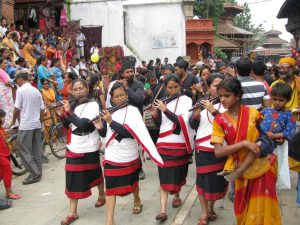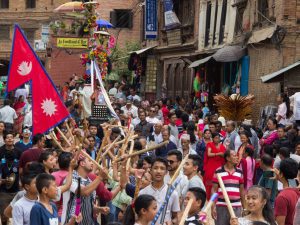
art of travel
What’s New
The Latest Product Updates from India
Compiled by Soma Paul, Product Manager, Destination Knowledge Centre
STAYS TO WATCH OUT FOR
New Hotels

- Rumbak Lodge, Rumbak, Ladakh
- The Watermark Resort, Pangong, Ladakh
- Tree of Life Lakeside Cottage, Srinagar, Jammu & Kashmir
- The Belvedere Himalayan Retreat, McLeodganj, Himachal Pradesh
- Storii By ITC Hotels The Kaba Retreat, Solan, Himachal Pradesh
- Sadhrana Bagh, Sadhrana, Haryana
- Hyatt Place, Haridwar, Uttarakhand
- Mementos By ITC Hotels, Jaipur, Rajasthan
- Kaladwas Lal Haveli, Udaipur, Rajasthan
- Manuscript – Jhilwara Haveli, Udaipur, Rajasthan
- Tree of Life Indra Mandala Hotel, Gangtok, Sikkim
- Taj City Cetre, Patna, Bihar
- Ferreira House, Mumbai, Maharashtra
- Monticle Glamp Resorts, Vagamon, Kerala
- Fortune Resort & Wellness Spa, Bhaktapur, Nepal
We Are Excited About

Sadhrana Bagh, Sadhrana, Haryana
Sadhrana Bagh is a tranquil retreat, offering nine rooms and four villas, each meticulously crafted with a focus on sustainable luxury. It is located near the Sultanpur Bird Sanctuary, a haven for migratory birds, and just an hour’s drive from the New Delhi International Airport. Each villa is constructed using upcycled materials, such as reclaimed wood and salvaged bricks, creating a unique and eco-conscious experience. The Beri House, the largest villa, is built from the parts of two old havelis, preserving traditional architectural elements. Guests can enjoy a curated food menu featuring delicacies from various cuisines, including Burmese, Chinese, Anglo-Indian, and authentic dishes from Haryana, all crafted with fresh, local ingredients. Whether exploring the surrounding gardens, relaxing by the pool, or embarking on birding adventures at the nearby sanctuary, Sadhrana Bagh offers a serene escape, perfect for reconnecting with nature. The property is a perfect soft landing for guests before embarking on their North India adventure or a relaxing respite after their trip before heading home.

The Watermark Resort, Pangong, Ladakh
The Watermark is the newest and one of the best resorts on the shores of the Pangong Lake in Ladakh. Located in the village of Spangmik, the property offers 15 comfortable cottages blending traditional Ladakhi charm with contemporary hospitality. Committed to sustainable practices, The Watermark invites you to experience Pangong’s beauty responsibly.
Write to your relationship manager for more details
EXPERIENCES TO WATCH OUT FOR
New Experiences

- Strange Professions of Old Delhi, Delhi
- High-Tea with a Home Chef, Delhi
- The Royal Sundowner, Jaipur, Rajasthan
- Secret Sites of Hidden Yogis, Varanasi
We Are Excited About

The Royal Sundowner, Jaipur, Rajasthan
Experience the Magic of Jaipur’s Nightlife, Rajputana style. Join us for an evening Jeep adventure through the night, where you will discover the enchanting beauty of Jaipur’s architecture under the starry sky.
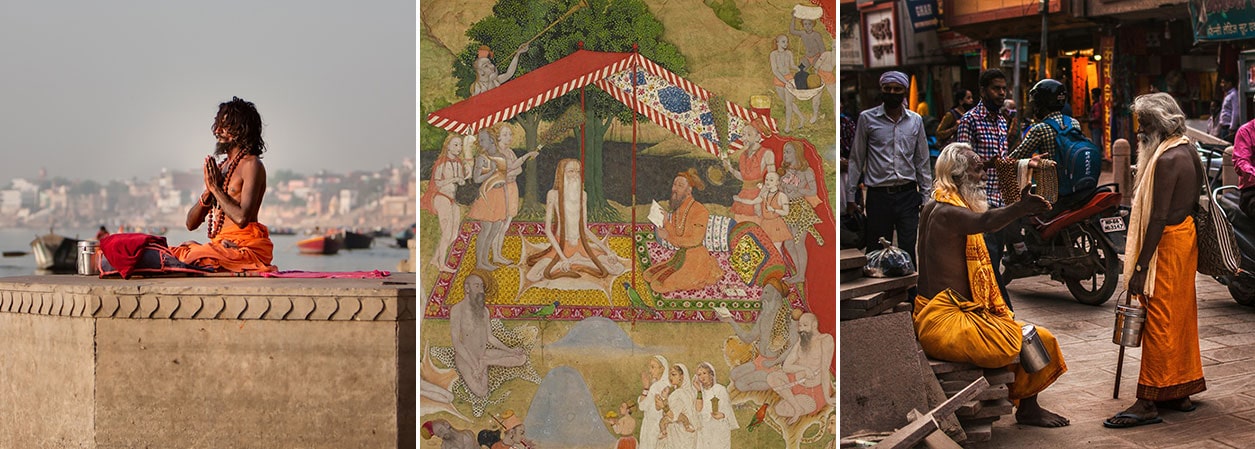
Secret Sites of Hidden Yogis, Varanasi, Uttar Pradesh
This walk reveals the secret places of traditionally obscure yet locally celebrated yogis in Banaras. These yogis are relatively unknown to the rest of the world but have left an indelible mark on modern yoga.
Write to your relationship manager for more details
ITINERARY OF THE MONTH
Rajasthan: Culture, Nature and Beyond
Delhi – Sadhrana Bamirpur – Jarar – Sariska – Samode –Ranthambore – Shahpura Bagh – Delwara – Delhi
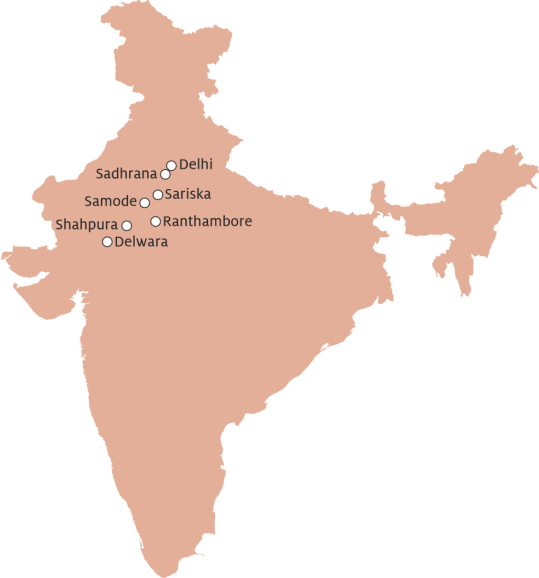
Highlights of the Tour

- Enjoy the peace and quiet of Sadhrana Bagh, located a stone’s throw from the Sultanpur Bird Sanctuary. It is just an hour’s drive from the New Delhi International Airport. Whether exploring the surrounding gardens, relaxing by the pool, or embarking on birding adventures, Sadhrana Bagh offers a perfect soft landing before embarking on the Rajasthan adventure.
- At the Chambal Safari Lodge Jarar, enjoy a private boat safari on the Chambal River. The gentle pace of the River Safari is designed to provide spectacular sightings of the gharials, muggers and turtles basking in the sun; the many migratory and resident birds flying sorties; the occasional glimpses of the Gangetic river dolphins breaking surface. Take a day trip to Agra to visit the Taj Mahal. The Bateshwar Cattle Fair which takes place every October/November is a must see.
- Stay at Utsav Camp in Sariska, a sustainable nature retreat, enjoying jungle safaris, organic food, guided hiking tours, boulder dinner and experiencing slow living close to nature.
- Stay at the 475 year old Samode Palace offering a blend of history, architectural grandeur, and modern comforts. Take a day trip to Jaipur to explore the city’s regal past, local artistry and vibrant culture through interactions with locals, hands-on workshops, panoramic views etc.
- Embark on a private jeep safari at the Ranthambore National Park to spot the Royal Bengal Tiger
- Stay at Shahpura Bagh which prides itself on being an authentic bespoke homestay with unhurried life, days filled with sunshine, conversations, picnics, fishing and boating trips on the lakes and lazy sundowners.
- Stay at Devigarh Palace, a magnificent 18th-century fort transformed into a luxurious hotel offering breath taking views and a regal escape. Take a day trip to Udaipur to explore the winding alleys of the walled city. Apart from the royal palaces, the city also has medieval temples, and old mansions of traditional artisans practising their art for centuries.
- Stay at the historic Imperial Hotel in Delhi. Situated on an eight-acre estate, the hotel offers a sanctuary and refuge in the heart of India’s raging capital city. Discover Delhi’s architecture, bazaars, street food, and the local way of life before flying back home.
Write to your relationship manager for the detailed itinerary
Stories from India

Traditional Architecture of Goa
From the Research Hub of the Destination Knowledge Centre
Goan traditional architecture has a language of its own; intricate, beautiful, and very artistic. The chief building materials involved in a typical Goan house are all very local and indigenous. Laterite and stone were widely used, along with wood, metal, and tiles of different patterns and varied styles. Ornamentation was a focal point and evolved greatly over the years.
Here are some salient features that distinguish Goan traditional architecture from other styles:
- Mother of Pearl Shell Window: Traditional Goan Architecture uses windows as an expression of art. The oyster shell windows are an intrinsic and enigmatic characteristic of the traditional upper-class dwellings. The mother-of-pearl, which is otherwise a waste material, is cut into lozenge shapes and slid into wooden battens to give windows added value and beauty. Translucent like paper yet not as transparent as glass, the passing light through them lends a kaleidoscopic feel and warmth.
- Cornices: Country tiles used as a corbel are a feature peculiar to Goa. The effect achieved is aesthetically pleasing, giving the roof projection a solid, moulded appearance.
- Clay and Heritage Tiles: Beautifully carved wooden furniture (all made in Goa) and large Belgian glass mirrors also form important features in traditional Goan architecture.
- Gateposts and Compound Walls: Gateways consist of elaborately carved compound walls on either side of the gate posts with enticing designs.
- Columns: Railings are the most intricate embellishment in a Goan house lending an old-world charm to it.
- Use of Colour: The colours of a traditional Goan home are highly eye-catching. They help define Goan architecture with the Goa vibe; relaxed, warm, and vibrant!
- The Well: All traditional Goan homes have a well, which was originally the source of drinking water and still a great place for an alfresco bath.
Stay in a traditional Goan home in the countryside. It’s a refreshingly new take on the destination, beyond its sun-kissed beaches.
Write to your relationship manager for more details
Sustainability and Us

Travel Corporation India Ltd collaborates with RARE India
We are very happy to collaborate with RARE India to give away the RARE: A Hero’s Journey award to Utsav Camp for their efforts in bringing Sariska back to the tourist map, promoting environmental stewardship, empowering local communities, and implementing sustainable initiatives.
Utsav Camp Sariska, located near the boulders of Tehla, embodies sustainability by integrating eco-friendly practices and fostering a deep connection with nature. By following a philosophy of mindful consumption, the camp minimises its carbon footprint and actively supports the local ecosystem. This is reflected in their use of 34 KW solar panels, which reduce carbon dioxide emissions by over 200 tons annually. Additionally, the camp’s design respects the natural landscape, incorporating existing trees and indigenous plants that thrive in the harsh Rajasthan climate without extra water or special care. The camp’s commitment to sustainability extends to its operational practices. Over 85% of staff are local, supporting nearby families and the local economy. The Zero Mile approach ensures fresh, seasonal ingredients are sourced locally, reducing transportation emissions. Waste management practices include segregating trash and composting biodegradable waste, while guests are encouraged to avoid disposable plastics. Utsav Camp Sariska offers a holistic nature experience, promoting personal relationships with the environment. Guests engage in restorative activities that realign their rhythms with natural cycles, fostering relaxation and rejuvenation. Through these efforts, Utsav Camp Sariska not only preserves the environment but also instills a deeper appreciation for nature, ensuring its healing powers can be enjoyed by future generations.
Stay tuned for our yearlong showcase of Utsav Camp’s inspiring journey in our Sustainability and Us Section.
Explore

Sawantwadi: A tranquil Konkan town steeped in art and culture.
From the Travel Diary of Lovleen Sagar, Executive Vice President, Destination Knowledge Centre
Best time to visit
November to February
Sites to visit in and around the city
Traditional Konkani Temples
In the outskirts of Sawantwadi (Walawal and Dhamapur) lie temples built in traditional Konkani architecture – slanted tiled roofs, walls built with red stone blocks, wide ceremony halls with a low ceiling, wooden pillars painted with bright colours, and the façade of the deity room adorned with beautiful carvings. The temple’s courtyards have huge towers dedicated to lighting earthen lamps. The architecture of these Konkani temples is quite interesting and different from temples in other parts of the country.
Thakar Adivasi Kala Angan Museum
Located in Pinguli village near Kudal, about 25 km away from Sawantwadi Palace, this museum is a repository of the Thakar tribe’s traditional Folk Arts and Crafts such as Chitrakathi paintings, shadow puppets, and string puppets. It aims to revive the folk-art tradition by creating a platform for the Thakar community artists to pursue their traditional crafts and open avenues for them to have a creative exchange with patrons from all over the world.
Handicrafts and Arts
Chitrakathi paintings
Chitrakathi paintings are part of an oral storytelling tradition. ‘Chitra’ means painting and ‘katha’ is a story in any form. Chitrakathi is the combination of oral narratives performed simultaneously with hand-painted pictures. They largely depict stories from the age-old Indian epics, Mahabharata and Ramayana. The performers modulate their voices to create dialogue and drama, the performance is also backed by vocals and traditional musical instruments. The village of Pinguli which houses the Thakar Adivasi Kala Angan Museum is also home to a few families of the Thakar tribe who practice this art.
Sawantwadi Wooden Toys
Sawantwadi is known to produce wooden toys made up of lightweight ‘pangara’ wood which is found in abundance here. These toys are carved out and coated with priming made of Tamarind seed powder which makes them long-lasting. After drying they are polished and the surface is painted with water colours. Some of the wooden toys popular among visitors are – a plateful of real-sized fruits, small cars, trucks, bullock carts, and figurines with movable parts, etc.
Ganjifa Cards
The famous handmade Ganjifa cards of Sawantwadi are made from circular pieces of paper on which intricate designs are hand-painted in vivid colours characterised by floral and mythological motifs. Each pack contains 120 hand-painted cards housed in a colourful box. Ganjifa are just not playing cards, they carry with them the iconography of imperial courts that existed in medieval India.
Cuisine
The quintessential cuisine of Sawantwadi is dominated by fish. Women here are known for their ability to cook the most delicious fare in a jiffy, including excellent vegetarian dishes. When visiting Sawantwadi, a must try is the sol kadhi which is an integral part of Konkan cuisine. Its base is made using kokum and coconut milk and it’s spiced with green chili and garlic paste.
Festivals
Sawantwadi is a great place to experience Ganesh Chaturthi without the crowds of Mumbai during the festival. Ganesh Chaturthi is a ten-day festival that celebrates the birthday of Ganesha; the elephant-headed Hindu deity during the month of August/September
Stays we recommend
The 18th-century Sawantwadi Palace, home of the Royal family of Sawantwadi, now converted into a heritage boutique hotel with 6 rooms. Spread over 6.5 acres, every room is adorned with Ganjifa art and the traditional woodwork of Sawantwadi. Experience the old-world charm of the Konkan region with all modern amenities such as the swimming pool and a restaurant offering global cuisines. The royal family, known for their rich history and tradition, add a personal touch, making an interaction with them a highlight of the stay. The son and daughter-in-law are trained chefs, and there’s an art gallery dedicated to their grandmother, showcasing her artistic legacy. As part of their ongoing efforts to enhance the guest experience, Sawantwadi Palace is actively seeking a fluent English-speaking manager to ensure seamless communication and service.
https://sawantwadipalace.com/stay
Accessibility
Sawantwadi is best accessed from Panjim (Goa) by road, being only 60 km away.
The new Airport of Goa at Mopa is located 40 km away from Sawantwadi. Mopa is connected to Mumbai, Delhi, Bengaluru, Jaipur, Chennai, Ahmedabad, Pune, Hyderabad and Coimbatore by direct flights.
Weaving it into an itinerary:
Mumbai – fly to Mopa – drive to Sawantwadi – end the tour in Goa
Inspiration
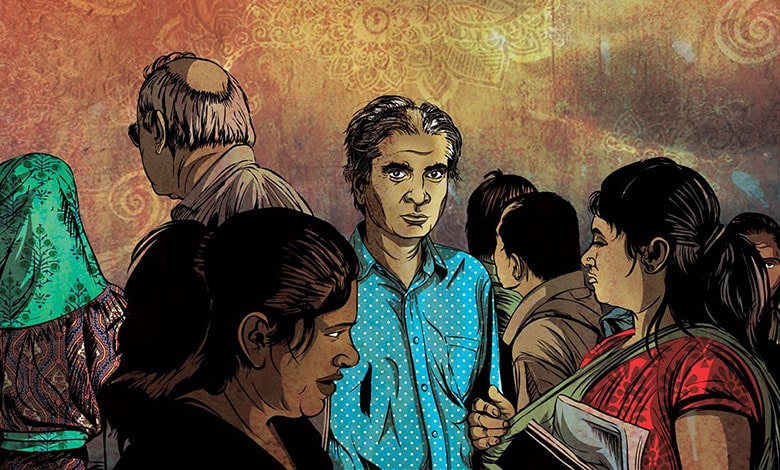
Photo Credit: BBC
Incarnations: India in 50 Lives by BBC – Podcast
Review by Lovleen Sagar, Executive Vice President, Destination Knowledge Centre
Incarnations: India in 50 Lives is a must-listen for anyone seeking a deeper understanding of India’s complex and vibrant history. Through intimate portraits of 50 individuals, from poets to revolutionaries, the podcast paints a vivid picture of the nation’s past and present. Each episode is a captivating journey, exploring individual lives that shaped India’s identity while illuminating its enduring challenges and triumphs. The storytelling is masterful, and the diverse range of voices makes for a truly immersive experience.
The podcast’s strength lies in its meticulous storytelling. Each episode is crafted with care, using archival material, interviews, and evocative narration to bring these individuals to life. The stories are both intimate and insightful, revealing personal struggles, triumphs, and the impact of historical forces on their lives. The podcast’s commitment to diversity is commendable. It features stories from across India’s vast geographical and cultural landscape, showcasing the diverse voices and experiences that make up the nation. It doesn’t shy away from the complex realities of India’s history, tackling difficult topics like casteism, colonialism, gender inequality, and religious conflict with sensitivity, offering a nuanced understanding of these issues.
“Incarnations” is more than just a podcast; it’s a journey through time, a celebration of human resilience, and a powerful reminder of the enduring power of storytelling.
Festival to Watch Out For
Gai Jatra – Nepal
20th August, 2024
From the Festival Calendar of the Destination Knowledge Centre
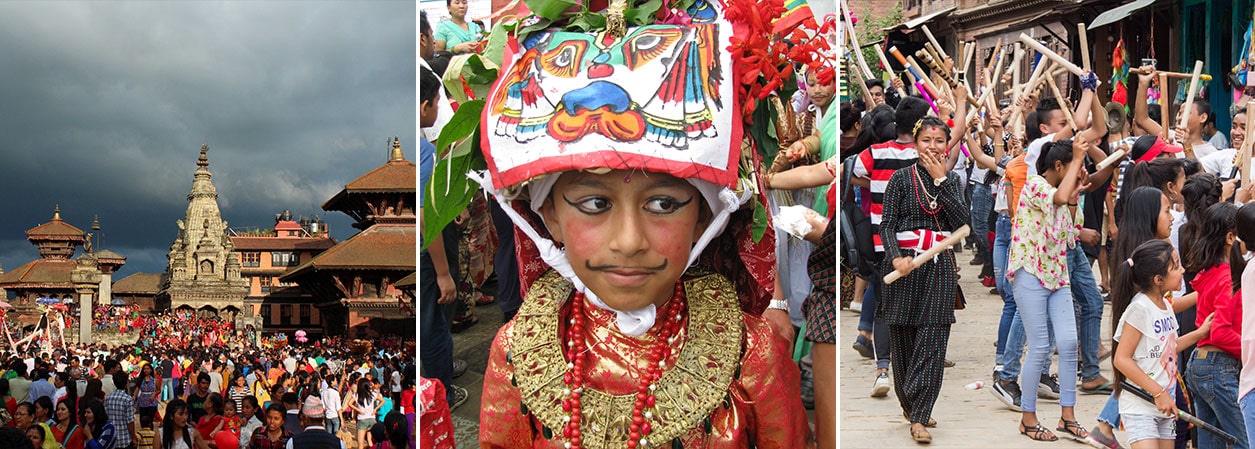
Gai Jatra celebrated by the Newari community of Nepal, especially in Kathmandu, Bhaktapur, and Kritipur. The festival commemorates the death of loved ones and helps their families to cope with their grief. Gai Jatra means “cow festival” in Nepali, as the cow is considered a sacred animal that guide the souls of the dead to heaven. The origin of the festival is attributed to King Pratap Malla, who started it in the 17th century to console his grieving queen who was mourning the death of their son. He invited people who had lost their relatives to participate in a carnival, perform skits, and traditional dances, and make his queen feel better. Since then, the festival has become a tradition that celebrates life and death with joy and sorrow. On this day, families of the deceased parade a cow or a bamboo structure resembling a cow along a predefined route. The parade is accompanied by music and dance.
This profound blend of mourning and celebration echoes similar customs across the globe. In Mexico, the vibrant Día de Muertos (Day of the Dead) involves building altars to deceased loved ones and offering food and drink, while in Japan, the Bon Festival honours ancestors with lanterns and dancing. These traditions, like Gai Jatra, demonstrate the human need to find solace and remembrance amidst grief, creating spaces for both mourning and celebration.
Write to your relationship manager for a copy of our Festival Calendar (2024-25)
RESOURCES
SITE LINKS
CONTACT US
+ 91 (124) 4563000
Tower B, Delta Square, M.G. Road, Sector 25, Gurgaon - 122001, Haryana, National Capital Region of Delhi, India




